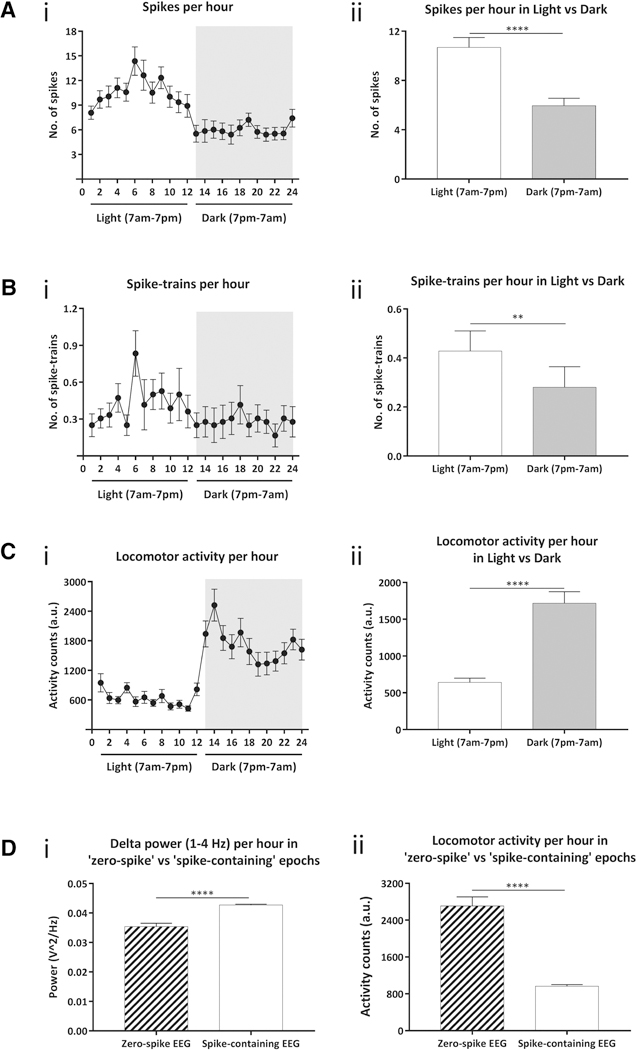Figure 2. Hourly circadian variations in epileptiform spiking and locomotor activity.

A: (i) Hourly spikes in 24h EEG show a circadian pattern to the epileptiform spiking (ii) Total number of single spikes during day, 12h of light cycle (7am-7pm) was significantly higher than at night, 12h of dark cycle (7pm-7am). B: (i) Average hourly spike trains in 24h EEG also exhibit a circadian variation. (ii) Quantification of average spike trains showed a significantly higher frequency during light versus dark cycle. C: (i) Hourly locomotion shows a significant increase in the locomotor activity of mice during nighttime. (ii) The mice are significantly hyperactive during the dark cycle relative to light cycle. D: (i) Spectral power analysis comparing hour-long epochs containing either zero spikes or one or more spikes from all mice demonstrates a significant increase in power in the delta frequency band during ‘spike-containing’ epochs over ‘zero-spike’ epochs (ii) Locomotor activity during the same epochs was found to be inversely correlated to delta power, with significantly less locomotion during ‘spike-containing’ epochs than in those with zero spikes. Error bars indicate SEM. ***p<0.01, ****p<0.0001.
